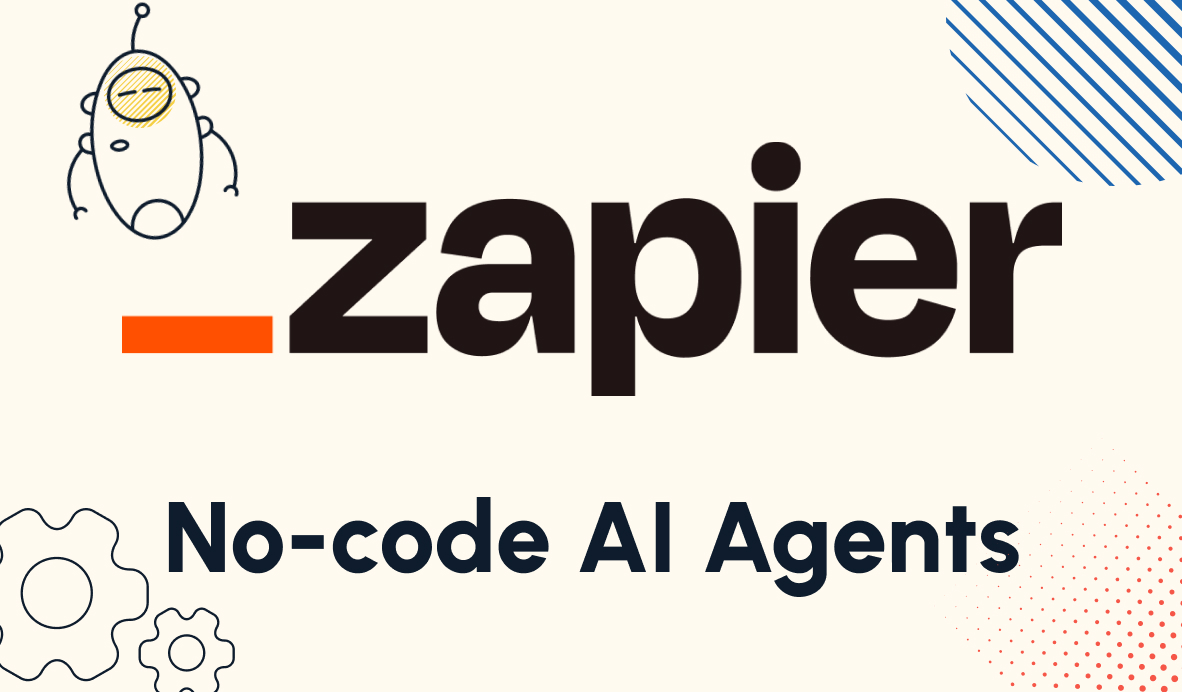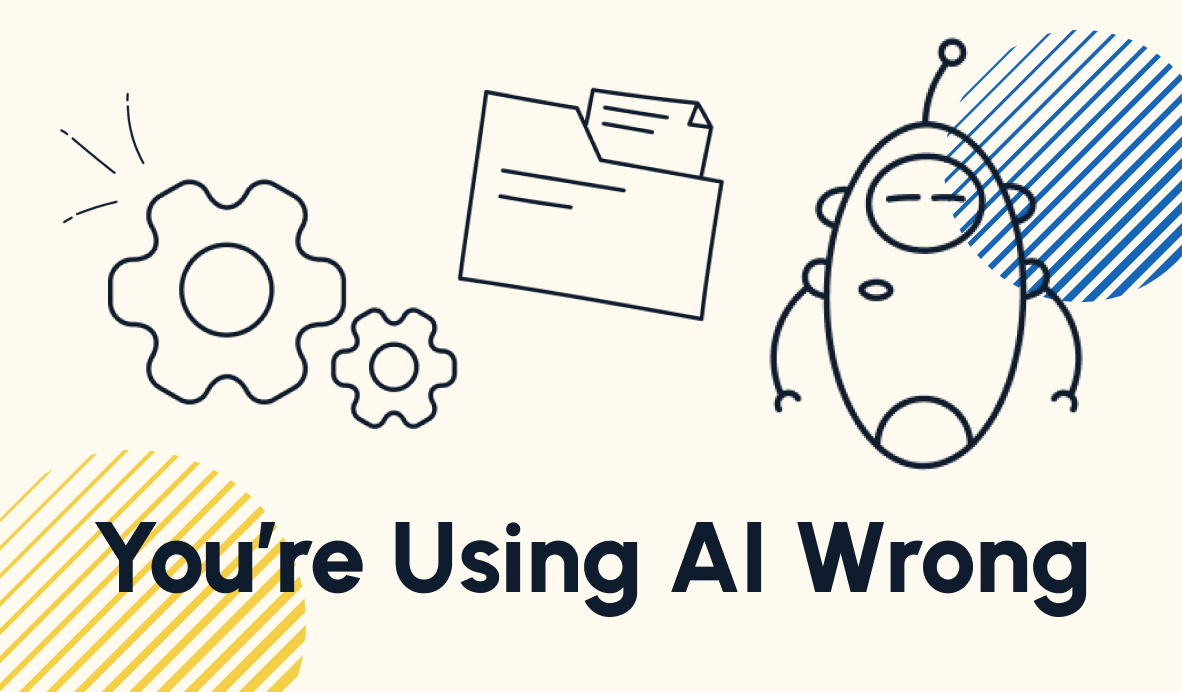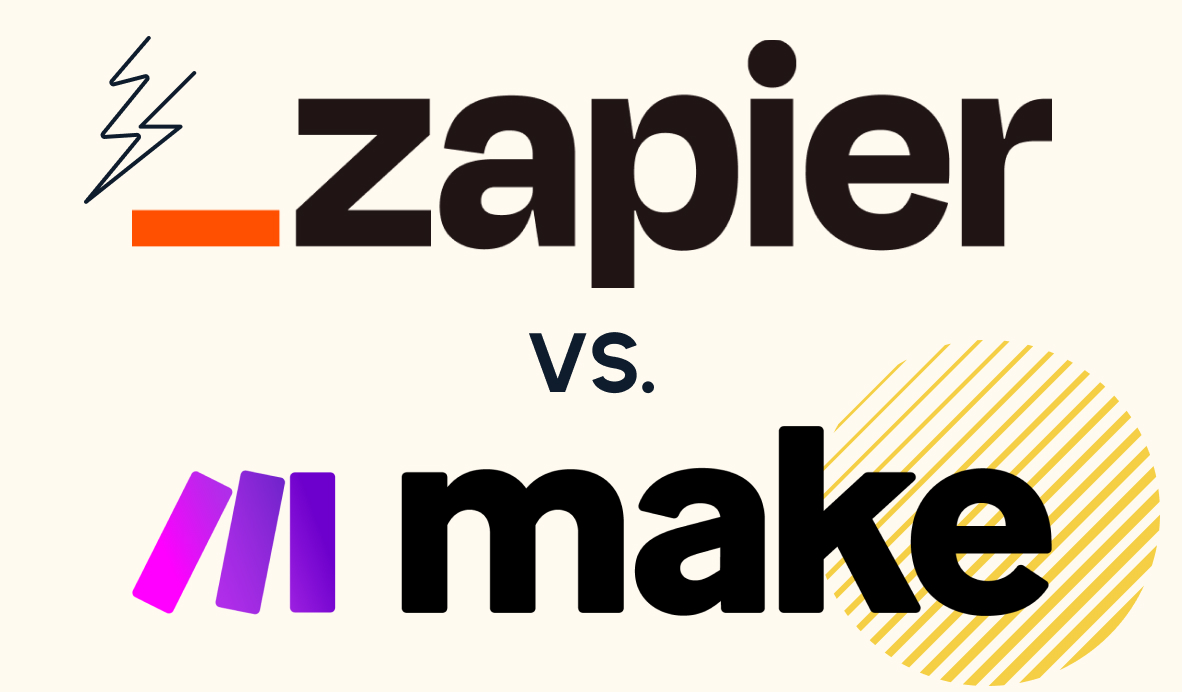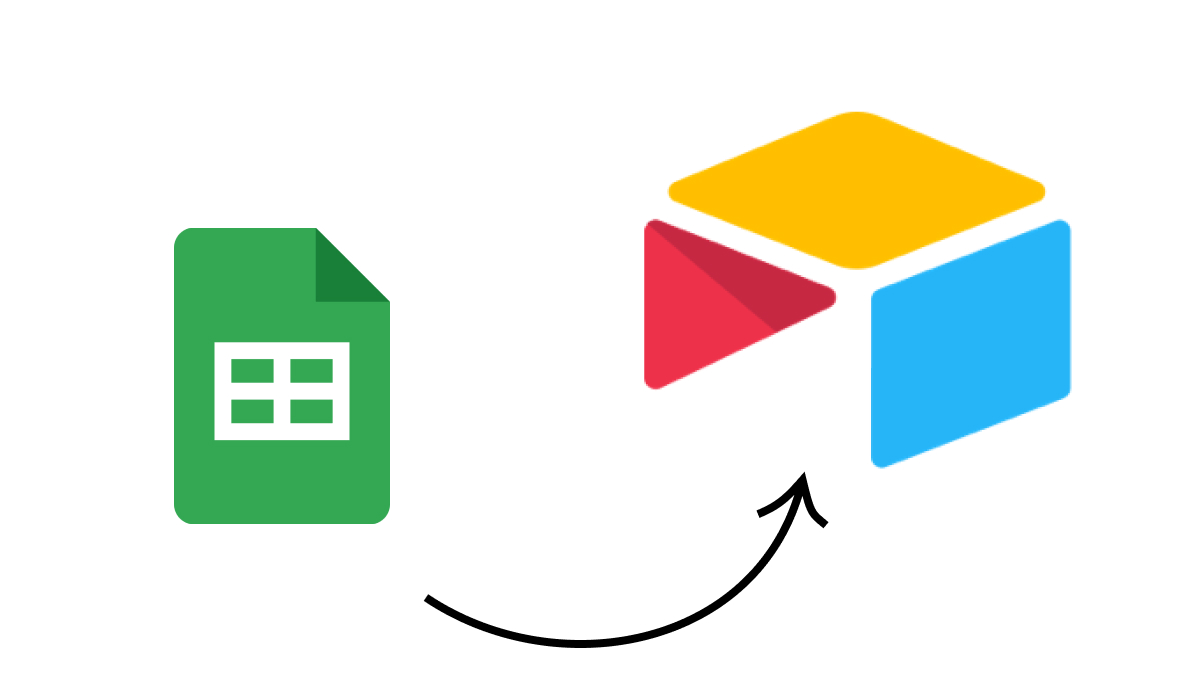Start Automating by Finding the Robotic Tasks in Your Workflows
Automation has nearly unlimited potential, which can make it difficult to know where to start. If you're not sure where to begin with automation, you can start by identifying which parts of your workflow involve C.A.S.T. skills and which are better left to the robots. Read the full post to learn more.
June 4, 2021

Interest in automation has exploded over the last few years. Each day, more businesses are starting to understand the potential of letting robots handle the boring and repetitive parts of their workflows.
However, many entrepreneurs and business leaders that are just beginning to explore automation are often unsure of where to begin. Amongst the hundreds or thousands of processes that make up your company’s day-to-day work, where are the best opportunities for automation? And what work should remain in human hands?
In this post, we’ll take a quick look at how to identify the tasks that should and shouldn’t be automated, and we’ll share our handy web app that lets you immediately discover the automation potential of any piece of software.
CAST: The Litmus Test for Mindful Work
Let’s start by looking at the kind of work you don’t want to automate: CAST.
CAST stands for creative, analytical, strategic, and thoughtful, and it’s our method for determining if a given task is worthy of human attention.
If it requires you to be creative, analytical, strategic, or thoughtful, then it’s likely a mindful task that’s worth your time. If not, then it might just be a robotic task that’s ideal for automation.
Creative
A creative task would be something like designing a webpage or newsletter, brainstorming ideas with your team for your latest project, or devising a new solution for a difficult problem.
Analytical
Analytical tasks require you to apply your experience and expertise to derive insights from data, evaluate the success of a given process, or conduct critical research and investigation.
Strategic
Strategic tasks ask you to think about the long-term plan for a project or company; they lean on your decision-making skills and rely on your ability to devise and stick with a broader mission and vision.
Thoughtful
Whenever people are involved, there’s a good chance that you need to approach the work in a thoughtful way. Communicating with customers, collaborating with other departments, or going through team-building exercises all require a personal touch (at least some of the time).
Ultimately, the goal of automation is to free up more of your time to focus on CAST tasks; to spend more of your day on work that actually necessitates and merits
Robotic Tasks: the Best Candidates for Automation
If a task doesn’t require any of the CAST skills, then there’s a strong possibility that it’s robotic work. In other words, it’s quite likely a task that could be performed by software.
Robotic tasks are repeatable. They’re meant to be done the exact same way every time and don’t require any interpretation or specialization. They can be done by just about anyone, as they don’t require any particular skill set or knowledge beyond a general competence with the software involved.
Some common robotic tasks would be setting up Google Drive folders and communication channels for a new client, or copying and pasting some text into a template.
Robotic work is necessary to keep everything running, but it’s not fulfilling to perform and it doesn’t make you a better employee.
Take a look at some of your most common daily workflows and break them down into separate tasks. Which ones involve CAST skills? Which ones are robotic?
XRay.Tools: Find Out How (and if) You Can Automate Your Software
Once you’ve identified some robotic tasks, the next step is to see if the software you use for those tasks can be automated with no-code and low-code platforms like Zapier and Integromat.
When we realized that our own team was wasting too much time on the robotic task of looking up automation integrations, we built a simple little search engine to make it quicker and easier.
Just go to XRay.Tools and enter the name of a program, like Google Docs or Outlook. The app will pull up all of the available integrations on common no-code and low-code platforms.
Even if no integrations show up, it’s still possible to automate your app so long as it has an API. It will just take some more technical knowledge to write the necessary queries. You can reach out to XRay if you’d like to learn more about automating without pre-built integrations.
Automate with Purpose
With so many possibilities, it can be difficult to know where to start with automation. However, if you stick to the goal of creating more time for the work that matters, it often becomes much easier to find the best opportunities for automating your workflows.
Just remember the CAST criteria and start looking for the work that you and your team want to be doing; then, start automating the rest.
If you'd like to learn more about using no-code automation to support mindful work, check out our blog or our YouTube channel. You can also follow XRay on Twitter, Facebook, or LinkedIn.











